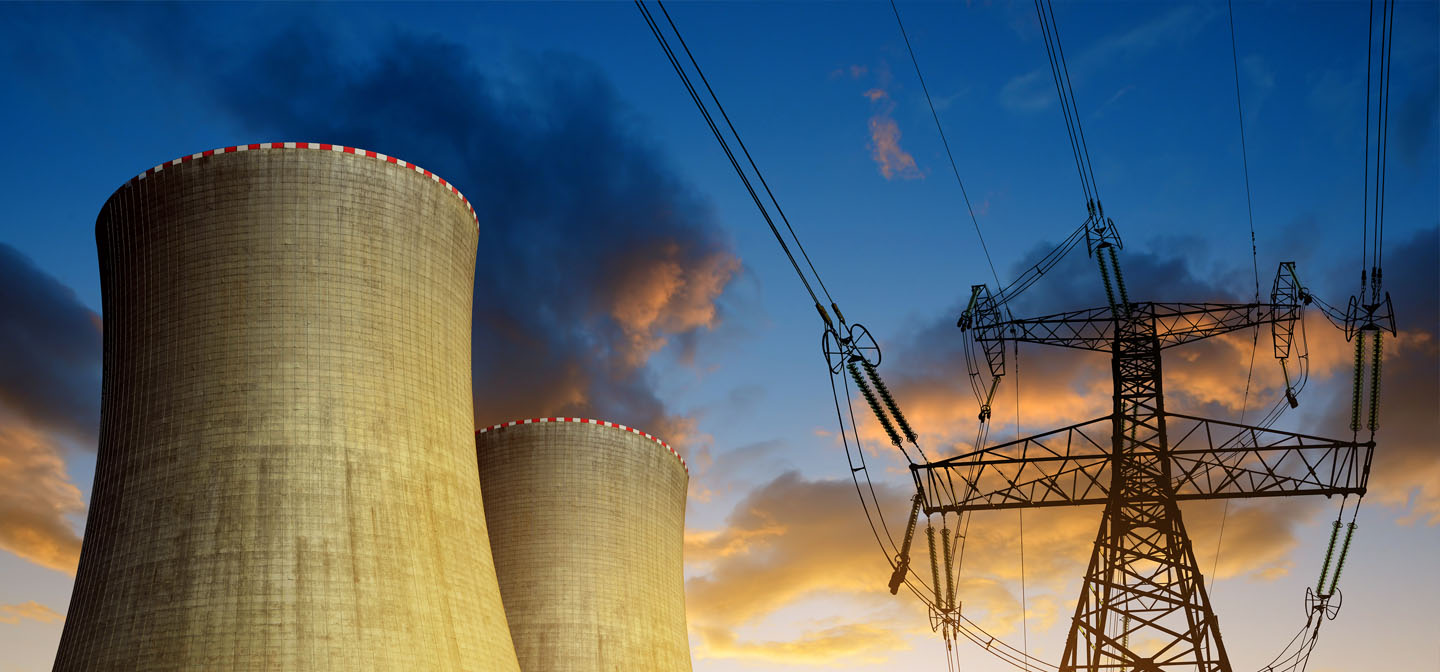
Small Modular Reactors (SMRs) have been a recurring topic in the ever-evolving energy production landscape, especially given Australia’s resistance to nuclear power. NuScale, a key player, recently faced a setback that could have far-reaching implications for the nuclear industry.
Australia has traditionally opposed nuclear power, with the only facility being a small non-electric plant in Lucas Heights, Sydney. As the country transitions away from coal to reduce greenhouse gas emissions, the debate between nuclear fission and renewables like wind and solar continues.
The two energy systems are backed by different political factions. However, the current Federal Government, industry players, lobby groups, and the general public generally agree that long-term energy security lies in renewables such as wind, solar, battery storage and pumped hydro.
Australia’s nuclear political history
From 2003, as uranium prices rose, some in Australia saw nuclear power as an addition to the energy mix to combat global warming.
Prime Minister John Howard supported nuclear power in 2006, citing environmental benefits. However, critics argued it couldn’t replace other power sources and raised emission concerns from uranium mining.
The 2006 Switkowski report suggested nuclear power could be competitive with coal if carbon credits were applied.
Queensland and Tasmania responded with attempts to ban nuclear power, tied to Howard’s stance.
The 2007 election brought the anti-nuclear Rudd Labor government. The Fukushima disaster in 2011 sparked protests against uranium and nuclear power.
Labor maintained its anti-nuclear stance, but Coalition politicians, including Tony Abbott in 2014, discussed revisiting nuclear power.
In 2019, a federal inquiry recommended lifting the ban on advanced nuclear reactors. The debate continues between environmental concerns and nuclear power’s potential economic and energy benefits in Australia.
The current Federal Labor government remains vehemently against nuclear power. Still, the Coalition has been pushing the possibility of small modular reactors as a practical power source.
What is a Small Modular Reactor?
Small Modular Reactors (SMRs) are advanced reactors generating electricity at 300 MW or less. Despite being labelled as ‘modular,’ they have not been constructed due to the prohibitive costs associated with mass-producing reactor components.
It is doubtful that any will be built due to the prohibitive expenses associated with setting up factories for the mass production of reactor components.
While SMRs have yet to be successfully built, numerous countries have completed the construction of dozens of small power reactors with capacities of less than 300 MW.
Notably, these projects were carried out without resorting to factory production of reactor components, and a series of failures mar the history of small reactors.
The US Army started constructing and operating eight small nuclear reactors in the 1950s; however, these proved unreliable and costly.
Consequently, the US stopped the program in 1977. Additionally, civilians built 17 small reactors in the US during the 1950s and 1960s, but all have since been decommissioned.
Meanwhile, the UK erected 26 small Magnox reactors erected, but they have all been retired, and there are no plans for further construction.
The sole operational Magnox reactor exists in North Korea, where the design was disclosed at an Atoms for Peace conference. North Korea employs its 5 MW Magnox reactor to generate plutonium for nuclear weapons.
NuScale’s Ambitious Plans Hit a Roadblock
NuScale, a pioneer in nuclear SMR designs, met a significant setback as its flagship Utah project was cancelled due to escalating costs. The project aimed to build six 77 MW reactors, showcasing NuScale’s ambitious plans in commercialising nuclear SMRs.
Cost Overruns and Customer Resistance
- Cost Surge: NuScale’s proposed nuclear power price jumped by 53%, reaching $US89 per megawatt-hour ($A139/MWh), despite a $US30/MWh subsidy from the US government.
- Customer Backlash: Municipal-based utilities, the intended customers, refused to pay the target price for nuclear power, leading to the cancellation of the contract.
Government Support and Financial Fallout
- Government Investment: The US Department of Energy heavily invested in NuScale, providing $US600 million since 2014, with an additional promised $US1.35 billion for the now-cancelled Utah project.
- Financial Consequences: NuScale’s shares plummeted over 20%, resulting in losses exceeding 80% since August of the previous year.
NuScale’s Future Endeavours and Global Shifts
NuScale, determined to pursue nuclear SMRs, is shifting its focus to regions with less regulatory oversight and more government support, such as Poland, Ukraine, Kazakhstan, and Romania.
Global Trends and NuScale’s Adaptation
- New Markets: NuScale is eyeing markets beyond the US, exploring opportunities in countries with favourable regulatory environments.
- Capitalising on Government Support: Shifting attention to regions where government backing for nuclear initiatives is more pronounced.
Cost Controversies and the Road Ahead
The cancellation of NuScale’s Utah project has sparked debates about the feasibility and affordability of nuclear SMRs. The capital cost projections, including NuScale’s $20,000/kW, have been scrutinised, especially compared to entities like CSIRO
Cost Discrepancies and Criticisms
- NuScale’s Figures: The cost to build the reactors surged to $US9.3 billion, far exceeding earlier estimates, attributing the increase to rising interest rates and inflation.
- CSIRO’s Projections: NuScale’s costs are 70% higher than CSIRO’s projected cost of $18,167/kW for 2030, leading to criticisms and debates within Australia’s nuclear advocacy community.
Nuclear SMRs in the Australian Context
Despite the Utah setback, nuclear SMRs remain a contentious topic in Australia, where resistance to nuclear power persists. Advocates, including the Coalition and conservative media, continue to champion nuclear SMRs as an alternative to conventional sources.
Australia does face energy supply issues, especially with the acceleration of our coal fleet retirement, but the country is blessed with renewable energy sources to produce electricity. The current issue plaguing the transition process is the lack of transmission infrastructure to distribute electricity.
Lessons Learned and Paths Forward
NuScale’s cancelled project serves as a cautionary tale for the nuclear energy landscape, particularly in regions like Australia with a strong inclination towards renewable sources. The cancellation underscores the challenges of bringing nuclear small modular reactors to fruition, both technologically and economically.
As the world grapples with the urgency of climate action, the debate between renewable energy and nuclear power continues, with each setback and success shaping the future of our energy.
—
Leading Edge Energy is an energy management consultancy committed to helping businesses in Australia reduce electricity and natural gas costs for their commercial and industrial properties. We also provide experience- and data-based advice and procurement assistance for businesses who want to take control of their energy usage and develop a more sustainable system.
To learn more about the opportunities available for your business, contact our energy brokers at 1300-852-770 or info@leadingedgeenergy.com.au.
For an obligation-free consultation, you can Get Started Here.
We source, analyse, compare and rank commercial, industrial and multisite energy quotes. Obligation Free.
Chat with one of our experienced consultants today and get the insights your business needs to help manage the risks associated with volatile electricity and natural gas markets. Our energy procurement service is obligation-free and provides a time-saving way of securing lower energy rates from our panel of energy retailers.

Get advice from our Energy Management Consultants

Krystle Will
Energy Management Consultant
Get in Touch
Feel free to call or e-mail us. Or just fill in the form below and we’ll contact you for an obligation-free discussion.
Are you ready to save on business energy costs?
Get Started
Leading Edge Energy is proud to be a signatory of the National Customer Code for Energy Brokers, Consultants and Retailers.